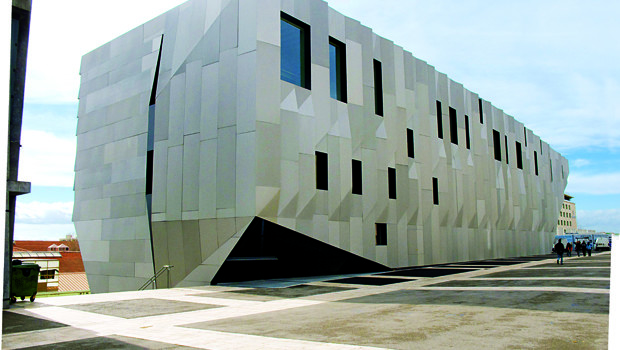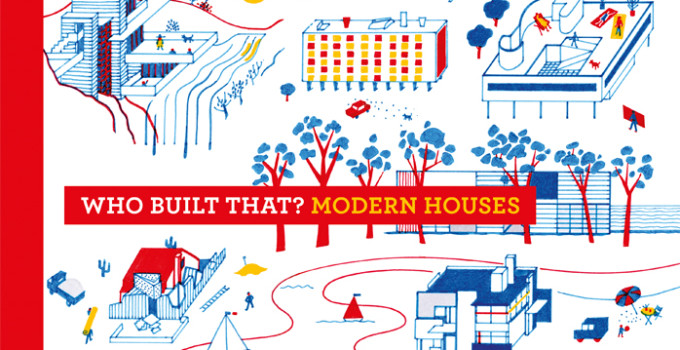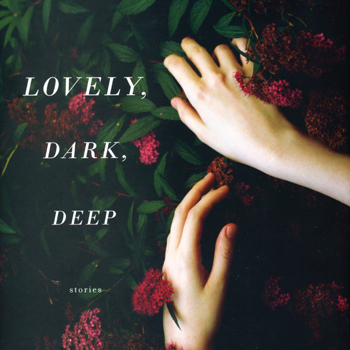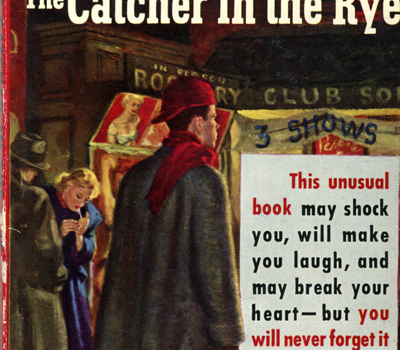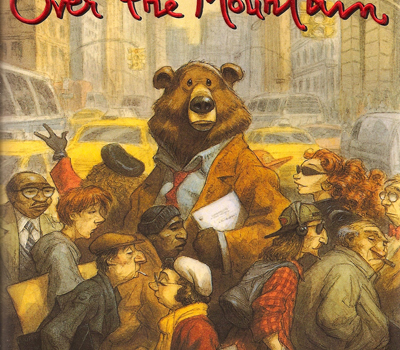By Stuart Mitchner
We’ve got to get ourselves back to the garden…
That line from Joni Mitchell’s song “Woodstock” has been singing in my mind ever since I began thinking about books on gardens for the spring issue. The sound that haunts me, however, isn’t from the composer’s version, but the one sung by Ian Matthews and backed by Gordon Huntley’s eloquent pedal steel guitar on the album Later That Same Year by Matthews’ Southern Comfort. Huntley weaves a spell of such beauty, no place but an earthly paradise could live up to it.
Of real world here-and-now gardens in my experience, I think of Hidcote near Chipping Campden in Gloucestershire, which I visited with my wife and 10-year-old son at the time of his all-consuming fascination with plants and flowers, particularly exotic deadly ones (a year later it was electric guitars and exotic, deadly music). As it happens, Hidcote was the creation of an American expatriate named Lawrence Johnston, who settled in England in 1900 and began laying out the garden ten years later. During the same UK summer, we visited Vita Sackville-West’s Sissinghurst Castle Garden, which shared the Arts and Crafts style of Hidcote, with its sequence of outdoor “rooms.” I was always the semi-reluctant hanger-on, for these visits took place when my wife was reading her way through the letters and journals of Sackville-West’s soulmate Virginia Woolf and my son was doing the same with field guides and botanical esoterica. more



